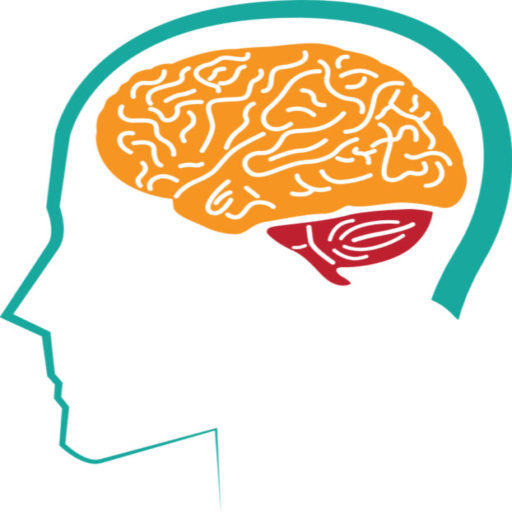Introduction
Fear is a universal human experience. It can range from common fears like heights or spiders to more unusual and specific fears like dystychiphobia—the fear of accidents or mishaps. While many people may have fleeting worries about accidents, dystychiphobia represents an intense, irrational fear that can significantly impact an individual’s daily life and well-being. In this comprehensive guide, we’ll explore dystychiphobia, its causes, symptoms, and strategies for coping with this unique fear.
Understanding Dystychiphobia
Dystychiphobia, derived from the Greek words “dystychia” (accident) and “phobos” (fear), is defined as an excessive and persistent fear of accidents or mishaps. Unlike common concerns about personal safety, dystychiphobia involves an irrational dread of seemingly harmless situations that could lead to accidents.
Common Triggers for Dystychiphobia:
- Everyday Activities: Routine activities like cooking, driving, or even walking can trigger anxiety in individuals with dystychiphobia.
- News and Media: Reports of accidents or disasters in the media can intensify the fear, leading to heightened anxiety.
- Environmental Factors: Environmental factors such as slippery surfaces or clutter can be sources of distress.
Causes of Dystychiphobia
The exact causes of dystychiphobia can vary from person to person, but several factors may contribute to its development:
- Traumatic Experience: A past traumatic accident, either personally experienced or witnessed, can be a trigger for dystychiphobia.
- Genetics: Some individuals may have a genetic predisposition to anxiety disorders, making them more susceptible to fears like dystychiphobia.
- Personality Traits: Certain personality traits, such as a high level of neuroticism, can make individuals more prone to developing specific phobias.
- Environmental Influences: Growing up in an environment where accidents were frequently emphasized or feared may contribute to the development of dystychiphobia.
Symptoms of Dystychiphobia
Dystychiphobia can manifest with a range of emotional, cognitive, and physical symptoms. These symptoms often intensify when the individual encounters situations they perceive as risky:
Emotional Symptoms:
- Intense Anxiety: Individuals with dystychiphobia experience overwhelming anxiety when confronted with situations they associate with accidents.
- Panic Attacks: Severe anxiety can lead to panic attacks, marked by rapid heart rate, trembling, and a sense of impending doom.
- Avoidance Behavior: People with dystychiphobia may go to great lengths to avoid situations they consider risky, which can lead to social isolation.
Cognitive Symptoms:
- Obsessive Thoughts: Dystychiphobia can lead to obsessive thoughts about potential accidents, making it challenging to focus on other aspects of life.
- Catastrophic Thinking: Sufferers often engage in catastrophic thinking, imagining the worst possible outcomes in everyday situations.
Physical Symptoms:
- Sweating: Profuse sweating is a common physical response to anxiety in dystychiphobia.
- Tremors: Shaking or trembling, especially in situations perceived as dangerous, can occur.
- Nausea: Nausea and stomach discomfort may accompany anxiety in dystychiphobia.
Coping Strategies for Dystychiphobia
Living with dystychiphobia can be challenging, but there are effective strategies for managing and overcoming this fear:
1. Exposure Therapy
Gradual exposure to situations associated with accidents, under the guidance of a mental health professional, can help desensitize individuals to their fears.
2. Cognitive-Behavioral Therapy (CBT)
CBT techniques, such as cognitive restructuring, can help individuals challenge and change irrational beliefs about accidents and mishaps.
3. Relaxation Techniques
Practicing relaxation techniques like deep breathing, meditation, or progressive muscle relaxation can help manage anxiety in moments of distress.
4. Medication
In some cases, medication prescribed by a psychiatrist can be useful in reducing the severity of anxiety symptoms.
5. Support Groups
Joining support groups for specific phobias can provide a sense of community and understanding from others facing similar challenges.
Conclusion
Dystychiphobia, the fear of accidents and mishaps, is a specific phobia that can have a profound impact on an individual’s life. However, with the right strategies, support, and professional guidance, individuals can learn to cope with and eventually conquer this fear.
It’s important to remember that seeking help and support is a courageous step towards overcoming dystychiphobia. Whether through therapy, exposure techniques, or a combination of both, there is hope for those struggling with this fear to regain control over their lives and find relief from anxiety.
Let’s continue the conversation about dystychiphobia, provide support to those affected by it, and work together to create a more understanding and compassionate society.
References
- American Psychiatric Association. (2013). Diagnostic and statistical manual of mental disorders (5th ed.). https://www.psychiatry.org/psychiatrists/practice/dsm
- National Institute of Mental Health. (2023). Specific Phobias. https://www.nimh.nih.gov/health/topics/specific-phobias/index.shtml
- WebMD. (2023). Phobias. https://www.webmd.com/anxiety-panic/guide/specific-phobias
- Verywell Mind. (2023). Understanding Specific Phobias. https://www.verywellmind.com/understanding-specific-phobias-2510571
- Mayo Clinic. (2023). Specific Phobias. https://www.mayoclinic.org/diseases-conditions/specific-phobias/symptoms-causes/syc-20355156
- Anxiety and Depression Association of America. (2023). Specific Phobias. https://adaa.org/understanding-anxiety/specific-phobias

